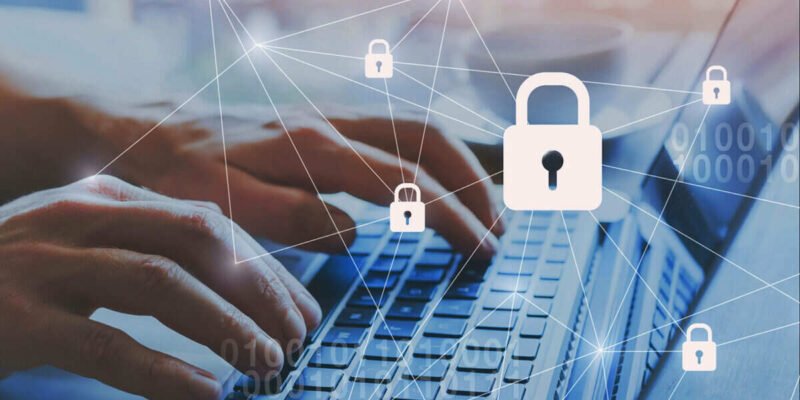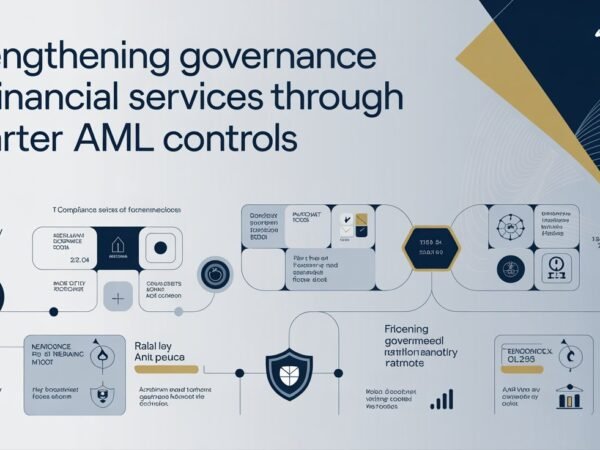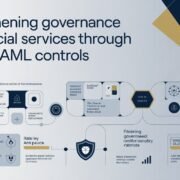For businesses in Winnipeg, safeguarding your digital assets and sensitive information from cyber threats should be a top priority. With the increasing complexity of cyber-attacks, it is essential to adopt robust cybersecurity measures.
Understanding the Cybersecurity Landscape in Winnipeg
Cyber threats are evolving, and becoming more sophisticated and frequent. Winnipeg, like other major cities, faces various cybersecurity challenges ranging from ransomware attacks to data breaches. Businesses must stay ahead of these threats by implementing comprehensive cybersecurity strategies.
Implement Strong Password Policies
To enhance your cybersecurity in Winnipeg, enforce strong password policies within your organization. Promote the usage of complicated passwords that combine unique characters, digits, and characters. Additionally, implement multi-factor authentication (MFA) to provide an extra layer of security. MFA requires users to verify their identity through multiple methods, making it more challenging for attackers to gain access.
Regularly Update Software and Systems
Keeping your software and systems up to date is crucial in protecting against cyber threats. Regular updates and patches fix known vulnerabilities that attackers can exploit. Ensure that all operating systems, applications, and security software are updated promptly. This practice reduces the risk of exploitation and helps maintain a secure environment.
Educate Employees on Cybersecurity Best Practices
A primary contributing reason to many cybersecurity vulnerabilities is human error. Training employees on cybersecurity best practices, such as those covered in a Certified Ethical Hacking Course, can significantly reduce the risk of attacks. Conduct regular training sessions to educate staff on identifying phishing emails, avoiding suspicious links, and securely handling sensitive information. Encourage a culture of security awareness where employees understand their role in protecting the organization’s digital assets.
Use Advanced Threat Detection Tools
Investing in advanced threat detection tools is essential for identifying and responding to potential threats. Solutions such as intrusion detection systems (IDS) and intrusion prevention systems (IPS) can monitor network traffic for unusual activities and provide alerts for potential threats. These tools help in early detection and allow for a swift response to mitigate damage.
Backup Your Data Regularly
Regularly backup your data to secure locations, such as cloud storage or external hard drives. In the event of a cyber-attack or data loss, having recent backups ensures that you can quickly restore your systems and minimize disruption. Test your backups regularly to ensure they are functioning correctly and can be restored when needed.
Implement Network Security Measures
Network security is critical in protecting your organization’s digital infrastructure. Employ firewalls, virtual private networks (VPNs), and other security measures to safeguard your network from unauthorized access. Regularly review and update your network security protocols to address emerging threats and vulnerabilities.
Conduct Regular Security Audits
Regular security audits are essential for identifying weaknesses in your cybersecurity defenses. Engage with cybersecurity professionals to perform comprehensive assessments of your systems, policies, and procedures. Audits help uncover potential vulnerabilities and ensure that your security measures are effective and up to date.
Develop an Incident Response Plan
An incident response plan is crucial for managing and mitigating the impact of a cybersecurity breach. Develop a detailed plan outlining the steps to take in the event of an attack, including communication strategies, containment procedures, and recovery steps. Ensure that all employees are familiar with the plan and conduct regular drills to prepare for potential incidents.
Secure Physical Access to IT Infrastructure
Physical security is an often overlooked aspect of cybersecurity. Ensure that access to your IT infrastructure, including servers and network equipment, is restricted to authorized personnel only. Implement measures such as locked server rooms, access control systems, and surveillance cameras to protect against unauthorized physical access.
Stay Informed About Emerging Threats
Stay informed about the latest trends, vulnerabilities, and attack methods by following cybersecurity news and updates. Participate in industry forums and subscribe to relevant publications to keep your knowledge current and adapt your security measures accordingly.
FAQs
1. What is multi-factor authentication (MFA)?
Multi-factor authentication (MFA) is a security measure that requires users to verify their identity through multiple methods, such as a password and a code sent to their phone. In addition to a password, this provides an additional degree of security.
2. How often should I update my cybersecurity software?
Cybersecurity software should be updated regularly, ideally as soon as updates or patches become available. Regular updates help protect against new vulnerabilities and threats.
3. Why are regular data backups important?
Regular data backups are crucial for ensuring that you can recover your data in the event of a cyber-attack or data loss. Backups help minimize disruption and prevent permanent data loss.
Also read interesting articles at Disboard.co.uk













